BBQ season will be in full swing in a few weeks and to give you some different types of BBQ inspiration here’s a look at how BBQ is interpreted around the world!
 Japan
Japan
Firstly Yakitori. This type of BBQ style is a popular street food. The bamboo skewers are loaded up with chicken grilled over white charcoal. This burns longer at a lower temperature and doesn’t produce smoke. Yakitori is also a general term for grilled skewered meat but typically refers to either chicken or chicken innards.
South Africa
The South African braai centres on cooking meat, contributed potluck-style, with a wood-burning braai stand, or grill. Popular components include skewered lamb, sosatie, and boerewors, a South African sausage.
India
A tandoor is s a cylindrical clay oven with a heat source that’s either wood or charcoal. It’s something of a cross between a traditional BBQ and a convection oven that gets hot, up to 900°F. The results are juicy skewered meats that are baked in their own smoke creating a smoky flavour. Bread like naan and cheese or fish marinated in yoghurt in a dry spice mixture are cooked in tandoors.
Indonesia
Ikan Bakar is a method of cooking fish over a bed of charcoals. The techniques vary throughout the islands but the fish is often butterflied, marinated in a spice mixture and placed between two grates or wrapped in banana leaves that go directly on the grill. The sauce often includes shallots, coriander, garlic, tamarind, turmeric and chillies, and can range from spicy-sweet to fiery.
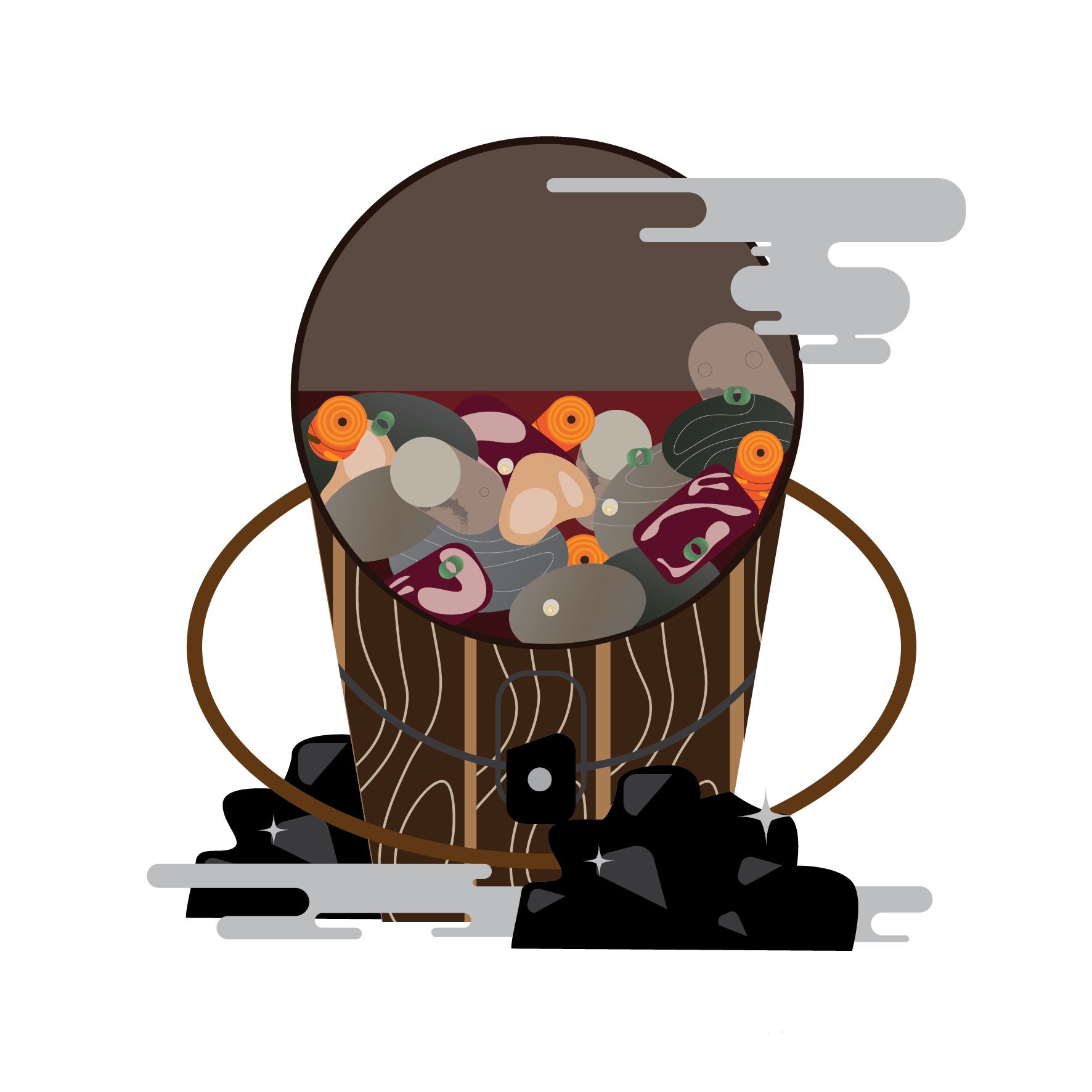 Mongolia
Mongolia
Khorkhog is an ultraportable cooking method. Lamb or goat is put into a metal or sometimes a wooden bucket. Water is then poured into the bucket along with hot stones which create steam. This cooks the meat into something similar to a dry stew. Alternatively, carrots and potatoes can be added into the bucket. As well as the bucket is sometimes heated from the outside.
Pacific islands
Earth ovens are among the most ancient ways to cook. While most of the world has moved on from using them, they’re still used commonly throughout the Pacific islands. While the cooking methods differ from island to island, cultures throughout the Melanesian and Polynesian Islands. The rest of the Pacific, still bury their meat in a pit in the earth. For this type of BBQ, the meat is generally marinated, finished with a savoury glaze and topped with tropical fruit.
New Zealand
Barbecues are a popular activity in New Zealand. Foods cooked include beef, lamb, pork, fresh fish, crayfish, shellfish, and vegetables. Additionally, sausages are a popular element of barbecues. A New Zealand barbecue is a mix of American, British, Australian, South African and Pacific Island styles. New Zealand’s Maori have the hangi, a type of earth oven, used for cooking on special occasions.
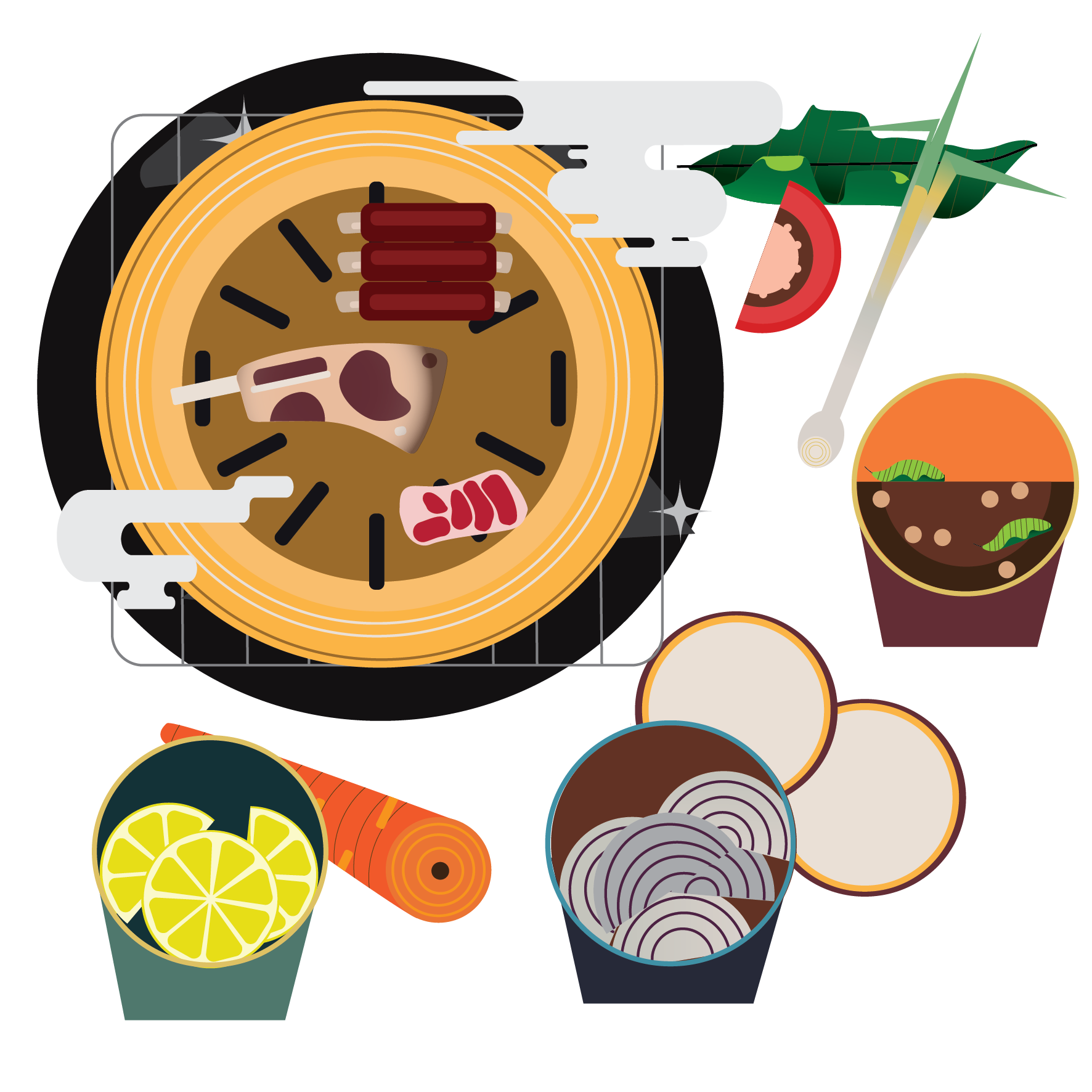 Korean Barbecue
Korean Barbecue
This type of BBQ is a popular method of grilling typically beef, pork or chicken. Dishes are prepared on gas or charcoal grills built into the dining table. There’s no Korean barbecue dish better known than Bulgogi. This is served alongside fresh vegetables, made from thinly sliced beef sirloin and is marinated with sesame, scallions, soy sauce.
United States
Lastly America, there are Four major barbecue styles in the United States that are commonly known. North Carolina and Memphis that represent the oldest styles. Kansas City and Texas, which use beef as well as pork. The U.S. has a range of contemporary suburban barbecue equipment and styles. For instance, these consist of baking, grilling (charbroiling, grid ironing, or griddling), braising (by putting a broth-filled pot on top of a charbroil-grill or gridiron-grill), or smoking various meats.
 A is for Axe. Did you know axe throwing is becoming a popular sport!
A is for Axe. Did you know axe throwing is becoming a popular sport! D is for Dirt. Did you know that wood ash a perfect for sprinkling across your garden to ward away those creepy crawlies?
D is for Dirt. Did you know that wood ash a perfect for sprinkling across your garden to ward away those creepy crawlies? G is for Gloves. When using Firemizer we advise you were gloves as the metal fibres can be sharp.
G is for Gloves. When using Firemizer we advise you were gloves as the metal fibres can be sharp. J is for Jalapeno
J is for Jalapeno N is for Night
N is for Night R is for Retardant. This is used to slow or stop the spread of fire, this is commonly used for forest fires.
R is for Retardant. This is used to slow or stop the spread of fire, this is commonly used for forest fires. U is for Unseasoned Wood. To make sure you’re burning as efficient as possible only use seasoned wood.
U is for Unseasoned Wood. To make sure you’re burning as efficient as possible only use seasoned wood. X is for Xylopolist. This is a fancy word for a timber merchant. Find out more words here.
X is for Xylopolist. This is a fancy word for a timber merchant. Find out more words here.

 Did you know that father’s day was created by an American woman who wanted to honour her father. He was a soldier and raised six children as a single parent.
Did you know that father’s day was created by an American woman who wanted to honour her father. He was a soldier and raised six children as a single parent.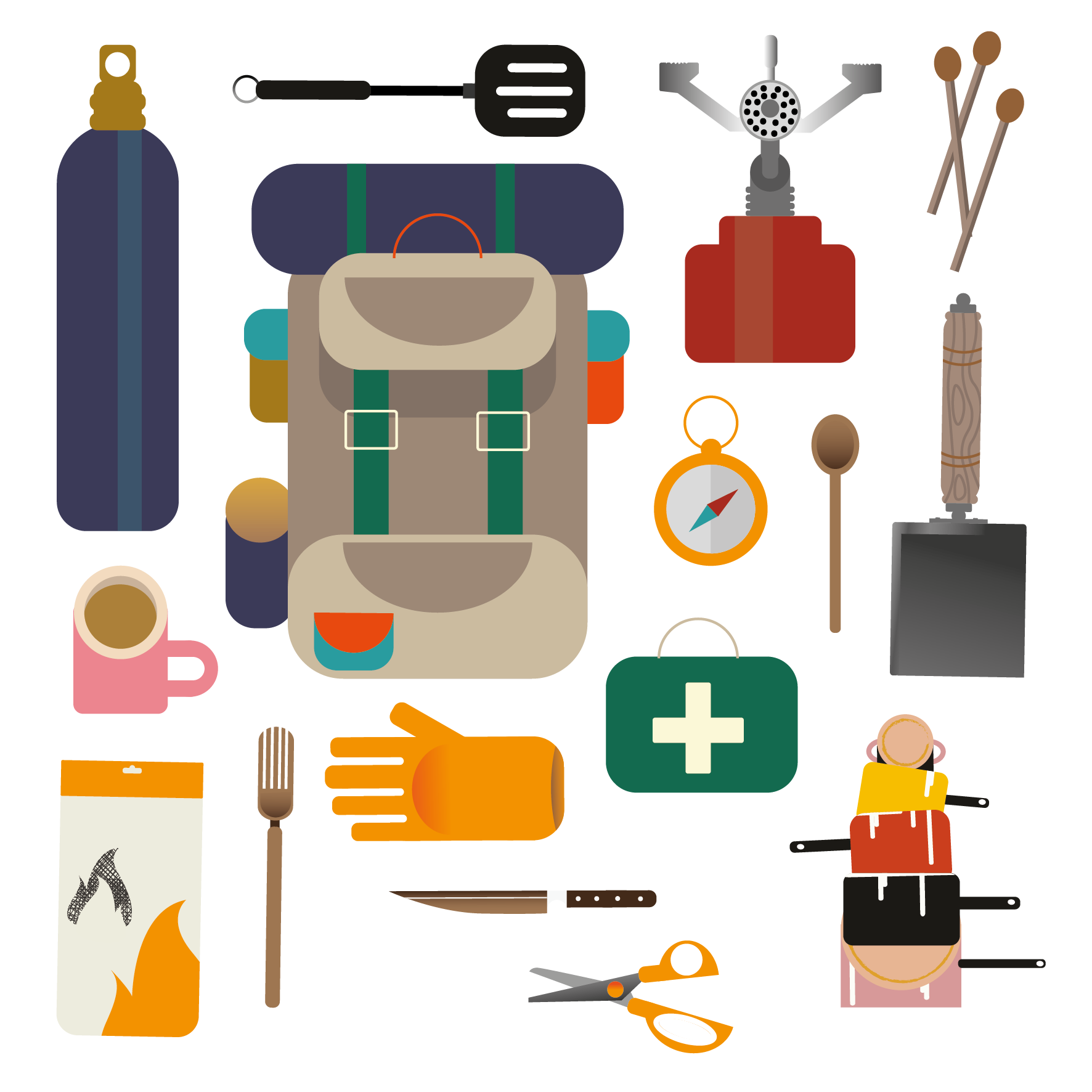 If you are stumped for what to do this Sunday, have no fear as we have 3 ways to spend father’s day!
If you are stumped for what to do this Sunday, have no fear as we have 3 ways to spend father’s day!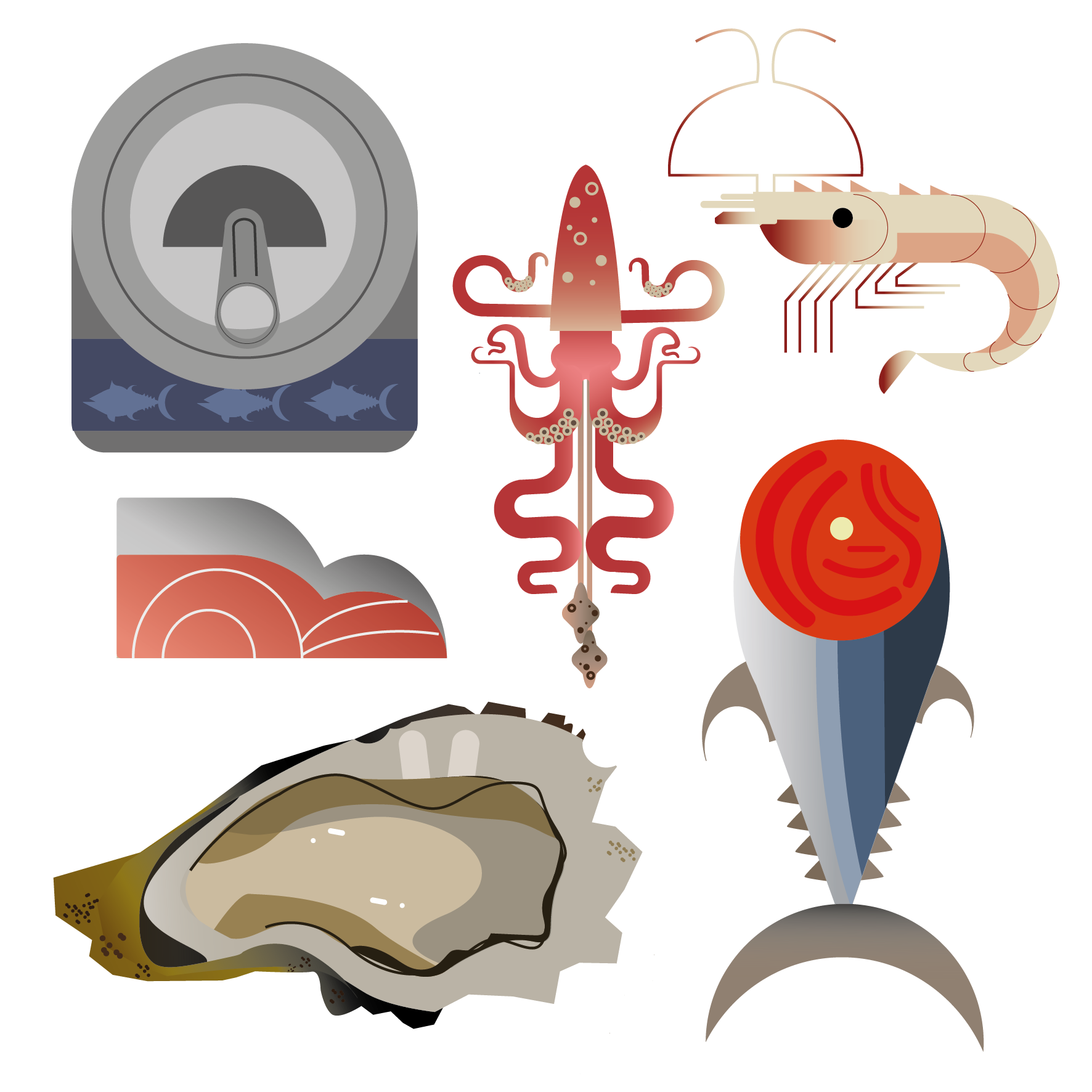 For instance;
For instance;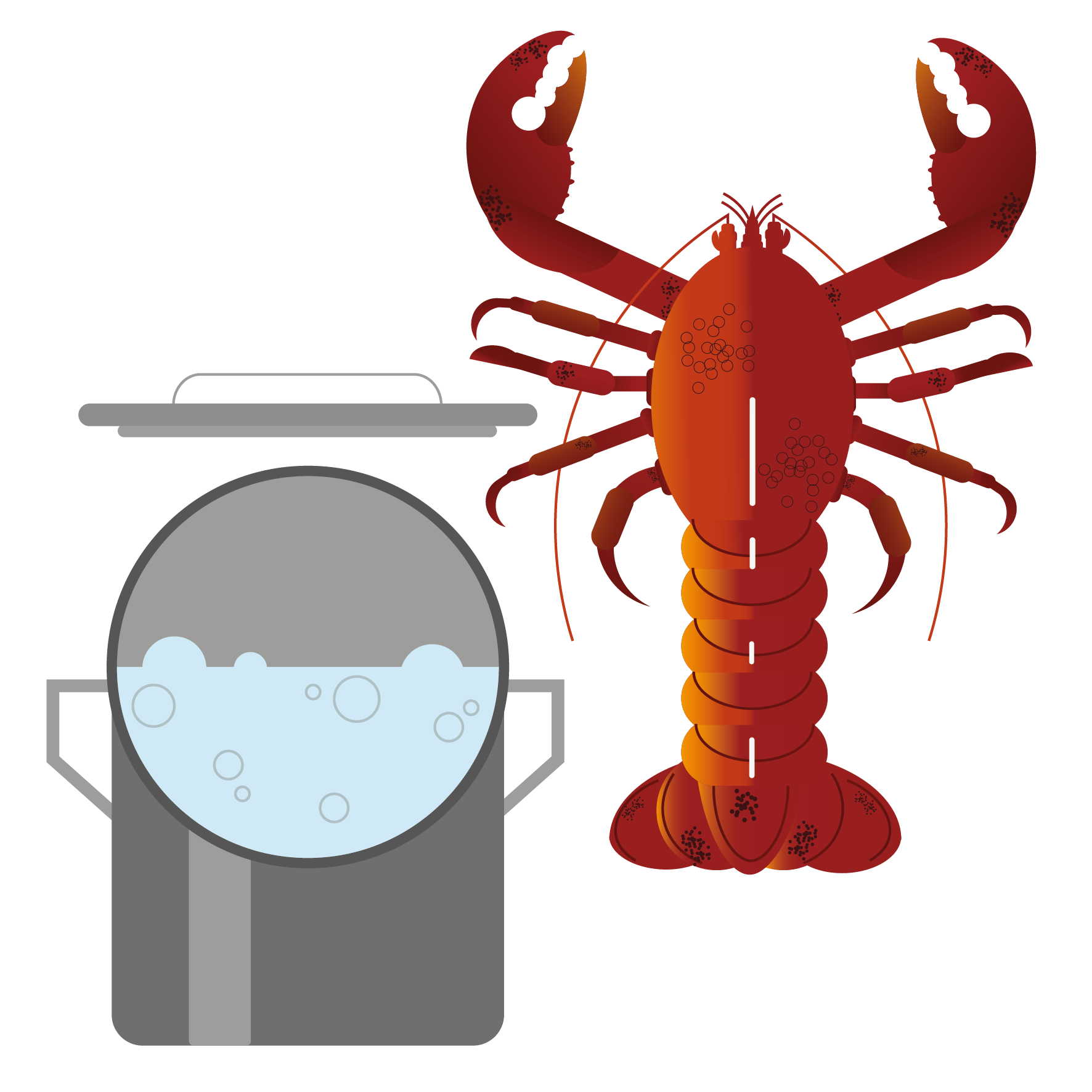 How to BBQ fish
How to BBQ fish Sometimes it is hard to see how the small things you do will make a difference so here are some positives;
Sometimes it is hard to see how the small things you do will make a difference so here are some positives;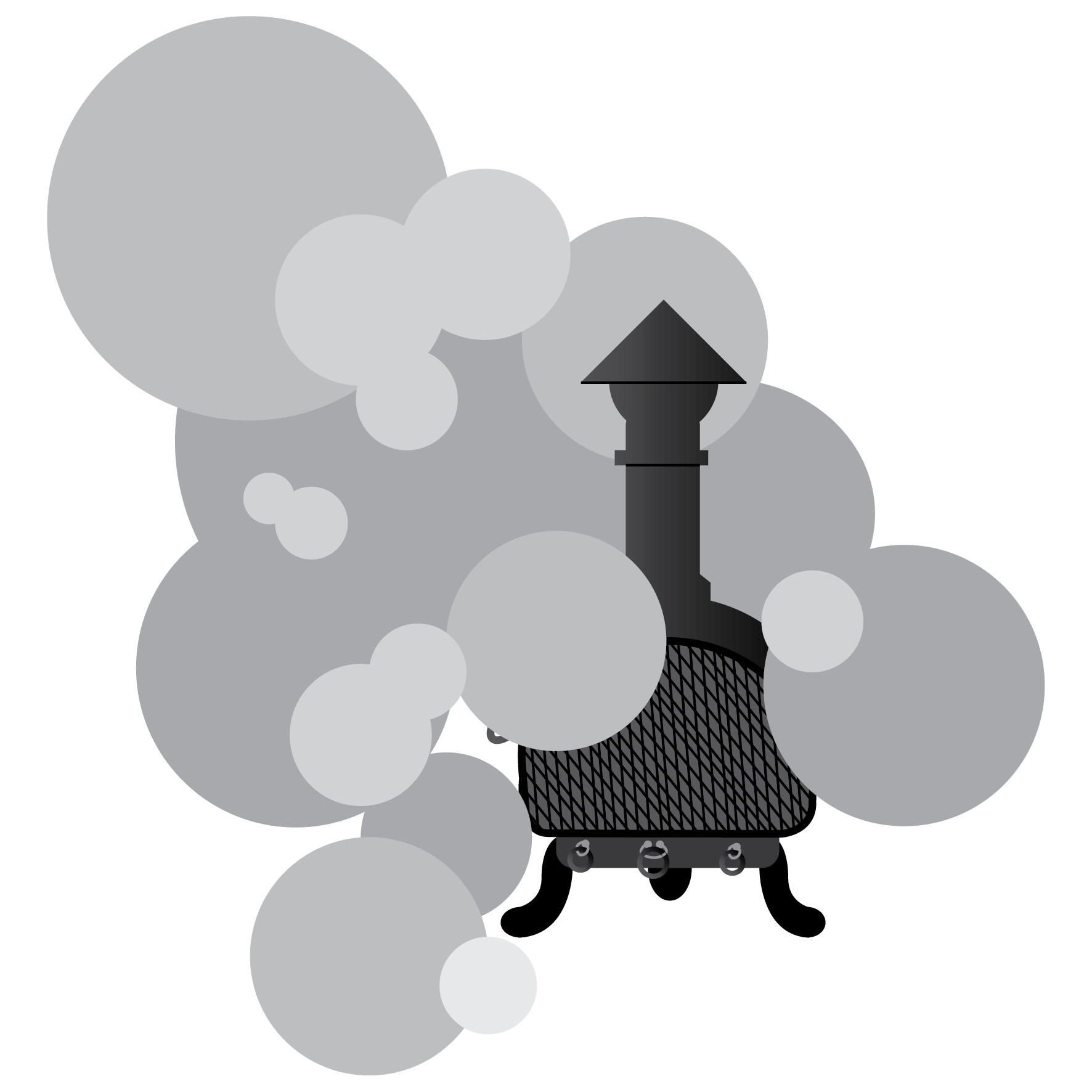 Stove flue doesn’t need to be swept
Stove flue doesn’t need to be swept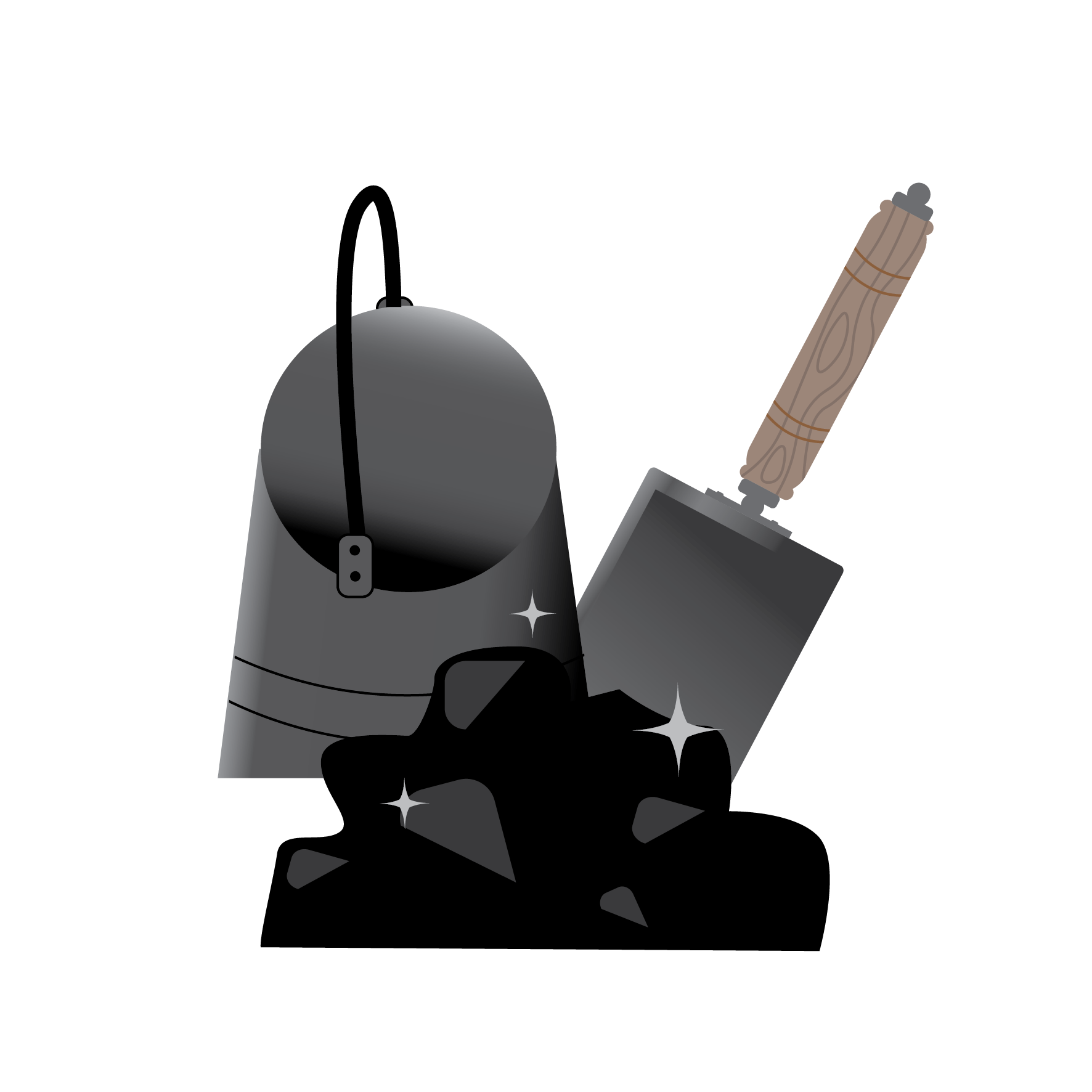 I can burn anything on my stove
I can burn anything on my stove Japan
Japan  Mongolia
Mongolia Korean Barbecue
Korean Barbecue  Tortoiseshell butterfly
Tortoiseshell butterfly Hazel dormouse
Hazel dormouse
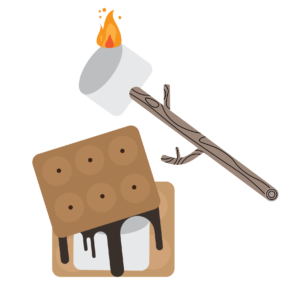 Going Away
Going Away Rainy days
Rainy days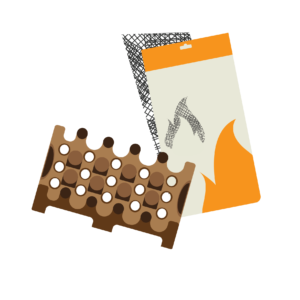 Firemizer and Firebuilder
Firemizer and Firebuilder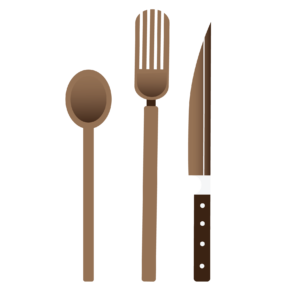 a regular old joe, the bioplastic needs to be broken down using very high heat. An alternative could be bamboo cutlery since these contain no plastic and are easily affordable.
a regular old joe, the bioplastic needs to be broken down using very high heat. An alternative could be bamboo cutlery since these contain no plastic and are easily affordable.